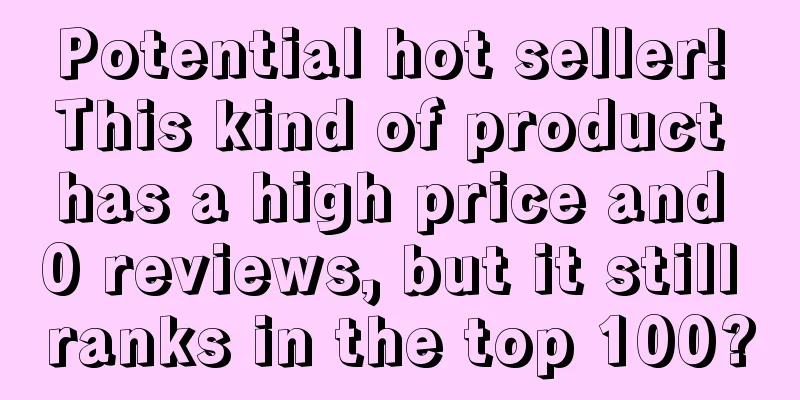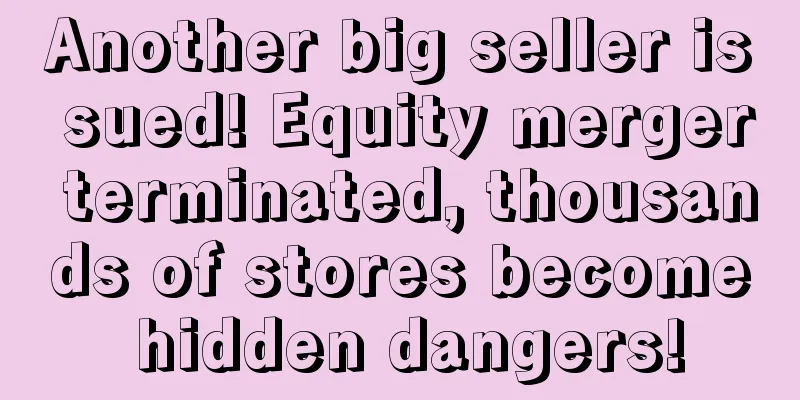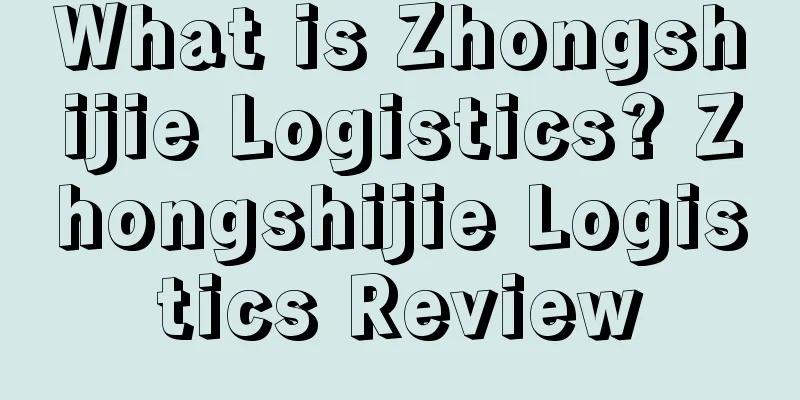Primeday ended successfully! Sellers should develop new products as soon as possible

|
This year's Prime Day officially ended in the afternoon. There weren't too many surprises today, so the entire Prime Day was consistent with our predictions yesterday, with constant small explosions but few big ones. The most complained about thing this year is "cross-border philanthropists". No matter which category, there will be a bunch of super low-priced products for making friends. It is obvious that you are losing money at first glance, and some even lose money. When we were analyzing this phenomenon yesterday, we told you that Amazon's adherence to the Day One principle is destined to be unfriendly to those sellers who sell low prices and advertise crazily. Amazon will still leave opportunities for new products and new sales. The market share that Taobao and Pinyin sellers have spent a lot of money to seize will be gone in an instant, and the initial investment can easily be wasted. Although the inward-looking low-price strategy of the Pinyin and Taobao systems will eventually fail, this elimination requires a process. If your category is already caught up in the Taobao price war, I suggest that you do not get involved easily. If you feel anxious about the price war, you can try to use the big data of this Prime Day to develop new vertical categories that have not yet been touched by Taobao sellers. Now that Primeday has just ended and various data have not yet been released, let me share with you some tips on product selection. Avoid these minefields when selecting products Newbies should avoid seasonal products, gray products, products that are prone to patent disputes, products that involve personal injury (such as high voltage, easy to swallow, etc.). Also, try not to touch products that are fragile or easily deteriorate.
It is best not to have giant brands in the selected product category. For example, if you sell power banks, you cannot compete with Anker's dominance. For example, if you sell mobile phones, competing with giants such as Apple and Huawei is just asking for trouble. Several data that need special attention When selecting products, you should pay special attention to profit margins, return on investment (ROI), competitor reviews, and keyword search volume. When selecting products, we should first consider products with a relatively large market share and a profit margin. We can measure the market share by comparing multiple categories horizontally, so as to evaluate whether there is a share of the pie in the category. The product price range is better between 15 and 100 US dollars, because our selling price is generally three times the product cost + shipping cost. If it is lower than 15 US dollars, there is basically no profit margin. If the price exceeds 100 US dollars, it is too high to make customers pay.
Of course, you can't just look at the profit margin, you also have to find products with a good return on investment. For example, a knife has a profit of 30%, while a spoon has a profit of 20%. Looking at the profit alone, it seems that the knife is more profitable, but in fact, the return on investment of the knife is only 53%, while the return on investment of the spoon is 120%. Investing in a spoon is much better than a knife, so don't forget to calculate the return on investment.
If you don’t want to compete too fiercely, you can look for competitors with less than 20 reviews. If the product has more than 1,000 reviews, it can be basically concluded that the product has already occupied the market, and choosing such a product is also asking for trouble.
At the same time, we can use some tools to predict product popularity trends, find keyword and phrase trends through keyword research tools (Google Trends, ubersuggest), and find product trends with the help of tools such as Instagram popular hashtags and social planning websites (such as Pinterest and Polyvore) to seize traffic dividends. Select qualified suppliers Good products are naturally inseparable from good factories. How can we find good factories? Participating in offline product selection exhibitions is a good way to communicate with factories face to face and understand their products and services, which is conducive to further cooperation. For example, CCEE organized by Hugo is one of the channels for people to contact sources of goods and factories. However, there are many such activities, and they are all geographically restricted. How can we easily find out what product selection activities are around where we are? Bar▼ |
<<: The orders did not explode, but the ACOs exploded first? This year's Prime Day is full of crises
Recommend
Another batch of common words were scanned, and the seller modified the listing overnight!
“ The closer Prime Day gets, the bigger the moves ...
What is an APUK account? APUK account review
APUK is a payment system developed by Amazon speci...
What is Contentbird? Contentbird Review
Contentbird (formerly LinkBird) is a hybrid keywor...
With a scale of over 40 billion US dollars and favored by SoftBank, how can brands take advantage of the "east wind" of Southeast Asian social e-commerce?
Last month, Baijing Chuhai reported on the “trans...
What is Lulus? Lulus Review
Lulus is an American online women's clothing b...
Pure white hat review of Vine new gameplay: quickly increase the star rating and number of reviews of new products
Amazon VINE is a thing that the Amazon platform us...
New ideas for Amazon leak ads: Use word reduplication techniques to achieve 0.3 CPC + 5% ACOS efficient delivery! For everyone to discuss
TroubleKK My C position Hello, everyone. In the pr...
Retail sales increased by 2.4% in August! Which categories are more popular among Canadians?
<span data-shimo-docs="[[20,"获悉,据路透社报道,7月份...
Amazon US Prime orders exceeded 1 billion in the 2018 year-end peak season, and the best-selling products are as follows...
Amazon announced record sales results for the 2018...
DHL expands its logistics network in the United States! Will invest about $300 million!
It is learned that according to foreign media repo...
What is Uganda POVC Certification? Uganda POVC Certification Review
In order to prevent substandard products from ente...
What is Kaymu? Kaymu Review
Kaymu is an e-commerce platform launched by Africa...
Walmart's revenue in 2021 is $572.8 billion! E-commerce sales reached $73.2 billion!
<span data-shimo-docs="[[20,"2021沃尔玛营收5728...
Breaking news! Sellers have tens of thousands of reviews overnight!
This morning our seller communication group was in...
What is the EU medical device mdd certification? EU medical device mdd certification evaluation
EU Medical Devices MDD Certification, MDD is the a...









